The shift toward Web3 is revolutionizing the way we think about the internet, putting control back into the hands of users through decentralization. Decentralized applications (dApps) are at the core of this movement, enabling users to interact with the internet in a more secure, transparent, and autonomous way. In 2024, dApp development is a crucial skill for web developers aiming to stay ahead in a rapidly evolving digital landscape.
In this post, we’ll explore what Web3 is, how dApps are reshaping the web, and the best practices for building decentralized web apps in 2024.
What is Web3?
Web3 refers to the next evolution of the internet, where blockchain technology, decentralized networks, and smart contracts enable users to control their data and digital assets without relying on centralized entities. Unlike Web2, which is driven by central platforms and servers, Web3 is based on peer-to-peer interactions, providing users with more privacy, ownership, and freedom.
Key elements of Web3 include:
• Blockchain: A decentralized ledger that records transactions securely.
• Smart Contracts: Self-executing contracts with the terms of the agreement directly written into code.
• Cryptocurrency: Digital currencies that facilitate transactions within decentralized networks.
• dApps: Decentralized applications that operate on blockchain networks without relying on centralized servers.
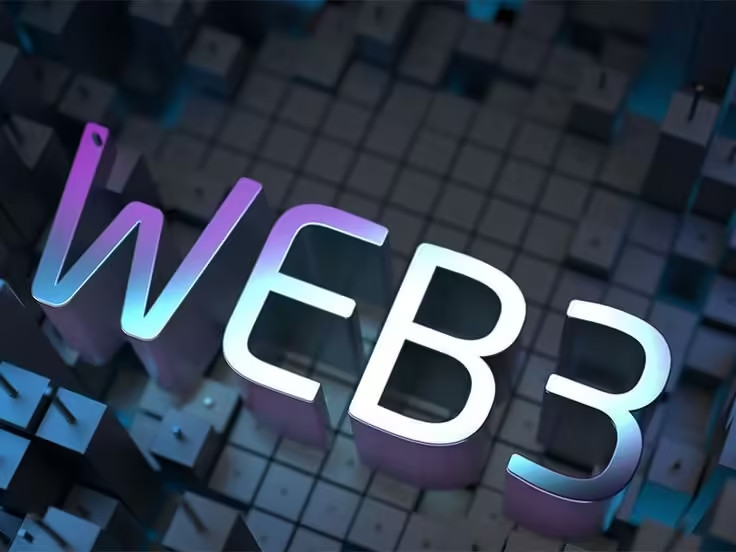
Why Are dApps the Future of Web Development?
In 2024, decentralized apps (dApps) are becoming increasingly popular across industries like finance, gaming, and social media due to their transparency, security, and user ownership. Unlike traditional apps that rely on centralized databases, dApps leverage blockchain technology, ensuring that no single entity has control over the app’s functionality or user data.
Some of the key advantages of dApps include:
1. Security and Privacy: With no central point of failure, dApps are inherently more secure. User data is encrypted and stored on a distributed ledger, reducing the risk of data breaches and hacking.
2. Decentralization: dApps operate on decentralized networks, meaning users can interact directly with each other or the blockchain without intermediaries. This leads to lower costs and more control over data.
3. Transparency: Since all transactions and operations are recorded on the blockchain, dApps offer full transparency. This is especially important for industries like finance and governance, where trust is critical.
4. Ownership of Digital Assets: With dApps, users have full ownership over their digital assets, whether they’re cryptocurrencies, NFTs, or personal data. They can trade, transfer, or use their assets as they wish, without needing permission from a central authority.
Real-World Examples of dApps in 2024
• Uniswap: A decentralized exchange that allows users to trade cryptocurrencies without a central authority.
• Aave: A decentralized lending platform where users can borrow and lend cryptocurrencies.
• Axie Infinity: A blockchain-based game where players own in-game assets (NFTs) and can trade them on decentralized marketplaces.
Building Decentralized Web Apps (dApps) in 2024: Key Technologies
To build dApps in 2024, developers need to be familiar with a variety of Web3 tools and technologies. Here are some of the core technologies used in decentralized app development:
1. Blockchain Platforms
The foundation of any dApp is the blockchain it operates on. Some of the most popular blockchain platforms for dApp development include:
• Ethereum: The most widely used blockchain for dApps, offering robust smart contract functionality.
• Solana: Known for its high throughput and low transaction costs, Solana is gaining traction for dApp development.
• Polygon: A layer-2 scaling solution for Ethereum that provides faster and cheaper transactions.
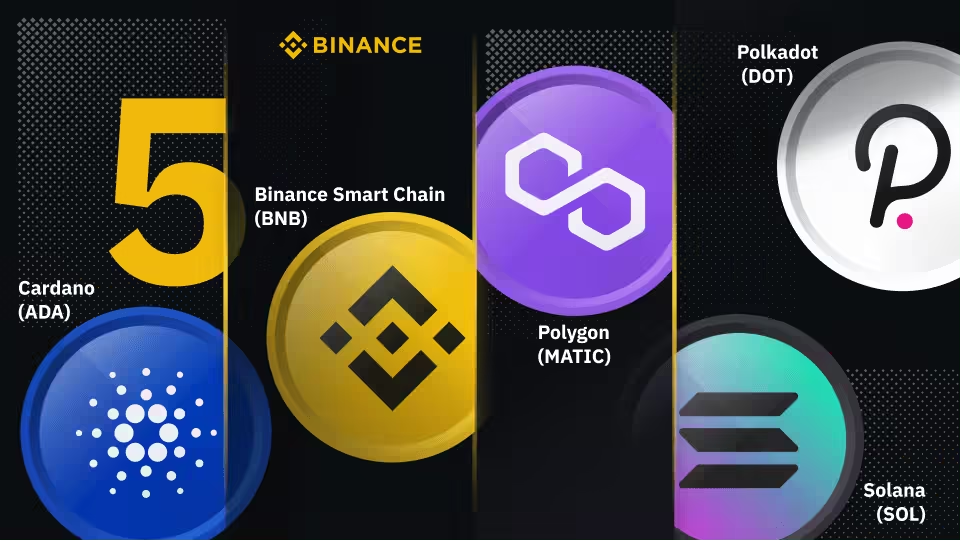
2. Smart Contracts
Smart contracts are self-executing contracts with the rules and logic written into code. They run on the blockchain and automatically execute transactions when conditions are met. To build smart contracts, developers often use:
• Solidity: The most popular programming language for writing smart contracts on Ethereum.
• Rust: Used for writing smart contracts on Solana.
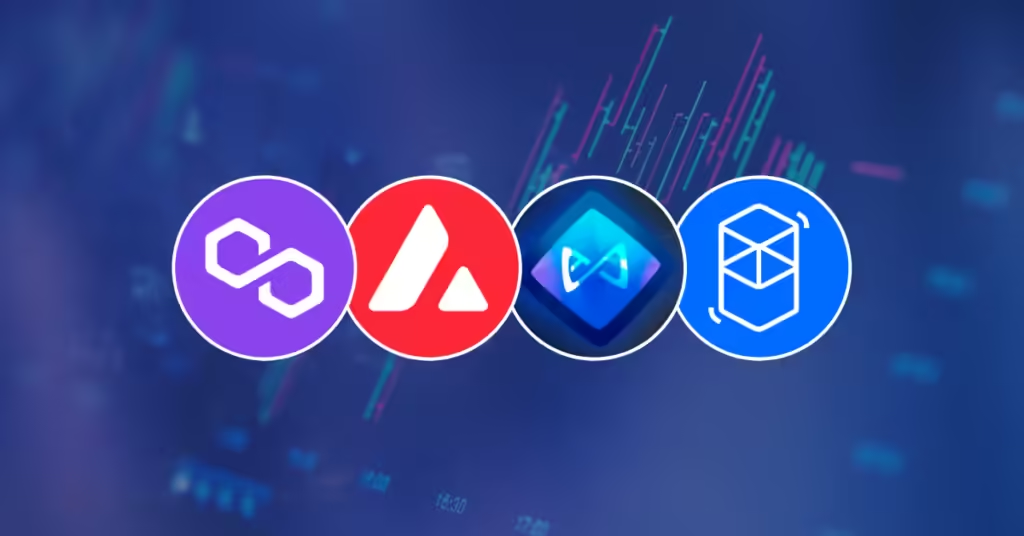
3. Web3.js and Ethers.js
To interact with blockchain networks from a frontend application, developers use libraries like Web3.js and Ethers.js. These libraries allow developers to:
• Connect to a blockchain wallet like MetaMask.
• Send and receive cryptocurrency.
• Interact with smart contracts.
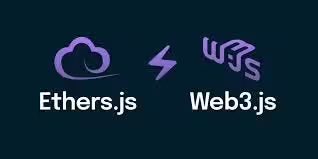
4. IPFS (InterPlanetary File System)
Decentralized apps often store data in a distributed way using IPFS, a peer-to-peer file storage system. IPFS allows dApps to store and retrieve data in a decentralized manner, reducing the reliance on traditional cloud storage solutions.
5. Wallet Integration
For users to interact with dApps, they need to connect their cryptocurrency wallets, such as MetaMask or Coinbase Wallet. These wallets store the user’s private keys and allow them to sign transactions directly on the blockchain.
Best Practices for Building dApps in 2024
Building dApps presents new challenges compared to traditional web development. Here are some best practices to ensure your decentralized app is secure, efficient, and user-friendly.
1. Optimize Gas Fees
Gas fees are transaction fees paid to miners for processing transactions on the blockchain. High gas fees can be a barrier for users, especially during periods of high network activity. To optimize for lower gas fees:
• Use layer-2 scaling solutions like Polygon to reduce costs.
• Optimize smart contract code to require fewer computational resources.
• Implement gas fee estimation tools in your dApp to inform users of the costs upfront.
2. Prioritize Security
Security is paramount in dApp development, as smart contract vulnerabilities can lead to significant financial losses. Follow these security practices:
• Audit smart contracts regularly using third-party services.
• Use replay protection to prevent duplicate transactions.
• Avoid using unnecessary complexity in smart contracts to reduce potential attack vectors.
3. User-Friendly Interfaces
Many users are still unfamiliar with Web3 and the process of interacting with dApps. To provide a better experience:
• Simplify wallet integration by offering easy onboarding flows.
• Display clear instructions for interacting with the blockchain.
• Offer alternative login methods like social sign-ins linked to crypto wallets.
4. Interoperability
In the Web3 space, interoperability between different blockchain platforms is crucial. By making your dApp cross-chain compatible, you enable users to interact with your app regardless of the blockchain they’re using. Cross-chain bridges, like Polkadot and Cosmos, make it easier to connect different blockchains and expand your dApp’s user base.
The Future of dApp Development
As Web3 continues to grow in 2024, the potential for dApp development is immense. With advancements in blockchain scalability, lower transaction costs, and better developer tools, building decentralized applications will become more accessible and widespread. Industries ranging from finance and gaming to healthcare and supply chain management are already seeing the benefits of decentralization, and the future promises even more innovation.
In this decentralized future, developers who invest in learning Web3 technologies and best practices will be well-positioned to build the next generation of dApps that empower users with privacy, security, and ownership.

